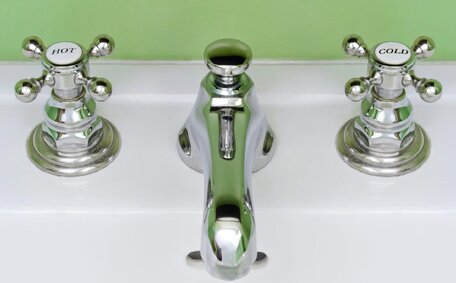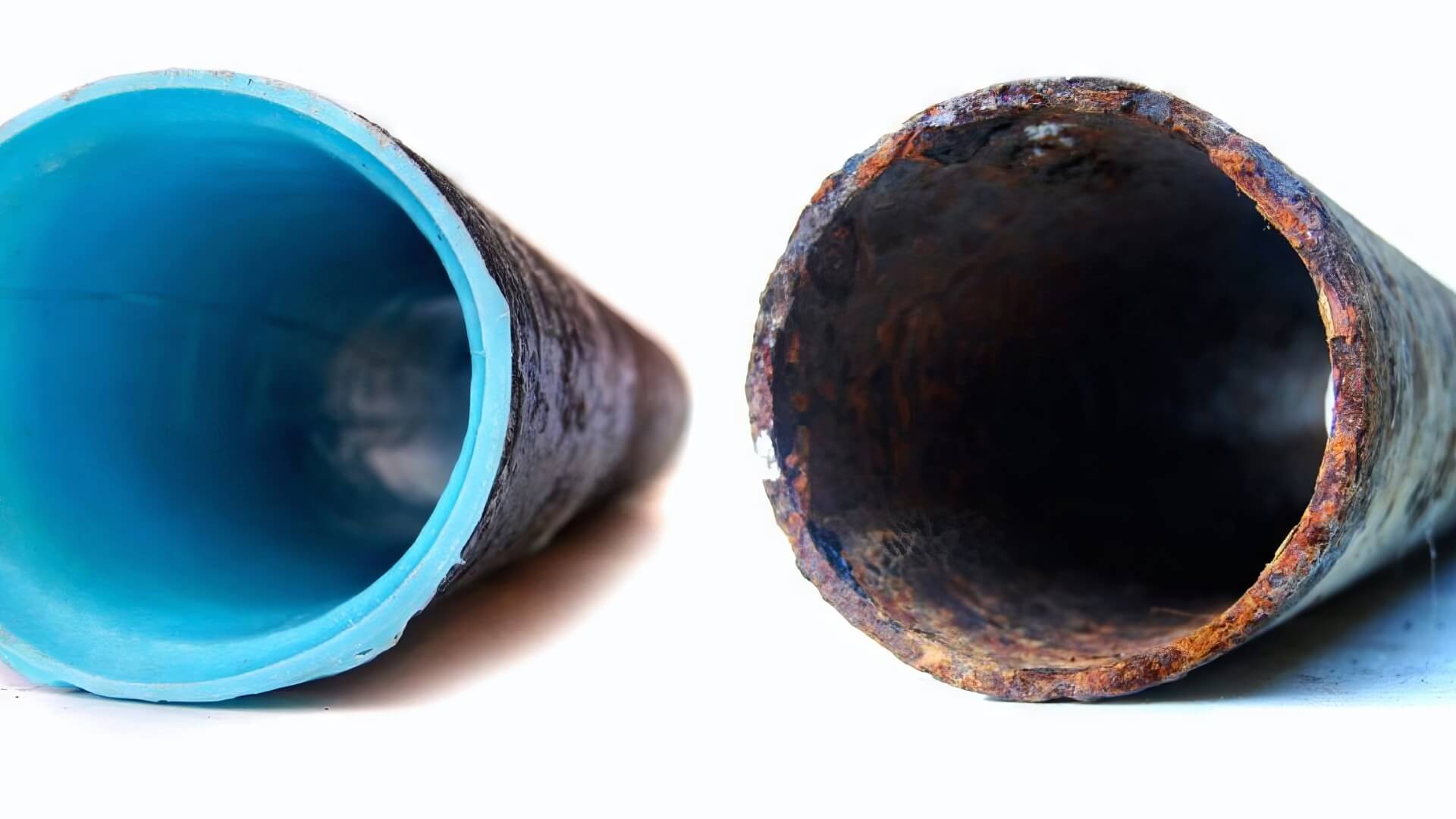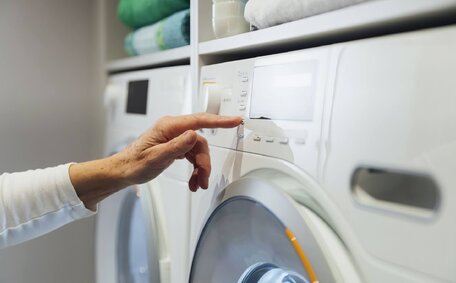What are common pipe issues in industrial facilities and how to identify them
Industrial facilities commonly face plumbing challenges like blockages, leaks, corrosion, and general wear in commercial plumbing systems. Blocked drains, from buildup or intrusive tree roots, can severely restrict water flow and cause backups. We always strive to assist facility managers in identifying underlying issues by watching for signs such as low water pressure, dripping water, unusual noises from pipes, and pooling water.
Repairing damaged sections quickly prevents water damage and unwanted moisture. Corrosion and cracks further weaken pipe integrity over time.
Technologies such as using CCTV cameras for pipe inspections can also diagnose how drains can develop hard-to-spot problems. Utilising CCTV technology, small cameras traverse through pipes, offering footage that identifies issues like blockages and fractures without the need for excavation. This footage guides maintenance teams to pinpoint the exact location and cause of your drain issue without extensive digging.
Early detection and repair of pipe issues are crucial to prevent major system disruptions. If concerns arise during inspection, facility managers are encouraged to contact us for a skilled assessment, while maintaining documentation of the pipes, including age, known weaknesses, and previous repairs.
Examining the benefits of pipe relining for industrial facilities
Pipe relining offers numerous advantages, including cost-effectiveness, for industrial facilities. Compared to traditional pipe repair, relining is faster, less disruptive, and more cost-effective.
The seamless epoxy resin pipe lining can be used to repair damaged infrastructure up to 50 years old, with diameters from 50mm to 300mm. This pipe rehabilitation method can help restore flow capacity and pressure in the existing pipe to optimal levels. It also prevents further corrosion and leakage, providing long-term stability for the pipe within old infrastructure.
Employing trenchless technology ensures there are no trenches required, resulting in very little downtime for operations. Production lines, equipment, and inventory stay safely in place. Most relining processes are completed in just one day, often at a fixed price, ensuring pipes are swiftly returned to full working order.
Using pipe CCTV camera inspections on your drainage system, we pinpoint problem areas so specific sections can be targeted with precision. Facility managers gain assurance through our top-quality services, confident that the entire plumbing system is meticulously analysed and restored.
Relined pipes, addressing those previously damaged pipes, come with a year guarantee that can extend up to 10 years. Their smooth inner surfaces also permit superior flow and heightened resistance to tree root intrusion or waste buildup.
In the end, pipe relining enables facilities to avoid major pipe repair reconstruction costs and delays. It keeps infrastructure running efficiently for decades to come.
Should industrial facilities choose pipe relining or replacement? Key considerations
Deciding between pipe relining and complete replacement in industrial facilities involves considering durability, costs, and environmental impact.
Relined pipes are ensured to last 50+ years on average, a longevity from which facility managers can benefit for each project - comparable to new pipe installations. The seamless epoxy resin lining is highly durable, maintains flow efficiency, and resists corrosion or cracks. Replacement also brings brand new pipes but at a price that is significantly higher than traditional options.
Facility managers must consider both immediate project costs and long-term savings. Relining, whether for clay or concrete pipes, offers greater upfront affordability with guarantees up to 10 years. While replacements that need extensive work are ultimately needed down the road, relining extends existing infrastructure at a fraction of the cost.
As one of the premier pipe relining solutions, relining is also an environmentally friendly option with minimal resource use and excavation waste. The avoidance of extensive excavation prevents greenhouse gas emissions and ground disruption, a crucial aspect when managing the disruption surrounding utilities, inventory, and operations.
Ultimately, each facility has unique needs and constraints. CCTV inspections provide the full picture to determine if sections require pipe replacement. Targeted repairs, addressing the sections that need pipe rehabilitation, coupled with relining offer an optimal balance of durability, value, and environmental stewardship.
What to expect during and after pipe relining installation
When it comes to preparing for pipe relining, a preliminary CCTV drain camera inspection is pivotal, with footage being used to analyse the pipes and pinpoint problem areas. Drain camera footage reveals intricate issues inside the pipes, guiding the relining process and enabling smooth access to pipe openings with minimal excavation.
The old epoxy lining, which was potentially going to cause problems, is then removed via high pressure water jets. Next, robots feed an epoxy liner into the pipe - either a solid tube or resin-saturated felt. Our dedicated technicians monitor the progress on screens.
To complete the job efficiently with minimal interruption, installers use compact manhole covers for steam pipe applications, ensuring access without impacting surrounding operations. Expandable bladders help push liners into perfectly smooth, seamless fits. The liner then cures in place under UV lights or through air water exchange, causing it to harden and last for decades.
Pipe relining takes just one to three days from start to finish. Facility operations can continue working with little to no downtime. At most, short shutdowns of two to four hours may be required as your hot water pipes reconnect to the system.
Once installation completes, the pipe flows even better than before thanks to smooth, anti-corrosive lining. Pipe capacity, pressure, volume and sanitation all improve. Providers of pipe relining services stand behind their products with guaranteed warranties from two to 10 years.
Calculating the cost-benefit analysis of industrial pipe relining
A cost-benefit analysis informs industrial facility managers about pipe relining investments. Key factors to consider include:
- Pipe relining costs range from $100 to $500 per linear metre, compared to $300 to $1500+ per metre for full replacement. Relining can avoid expenses for creating new pipe materials, excavation, repaving surfaces, and labour.
- With a 1-3 day turnaround, facilities save significantly on water flow disruptions and shutdowns to operations. Replacement can take weeks before restored function.
- While relining has a shorter lifespan than new pipes (50 years vs. 80+ years typically), the reduced upfront costs allow reallocation of savings to other infrastructure needs.
- Extended asset lifespan from relining avoids replacement costs down the road. Factoring in long-term savings demonstrates greater overall value.
- The benefits pipe relining provides, including reduced downtime, environmental impact, ground disruption and the rehabilitation itself, contribute significant qualitative improvements.
By modelling projected costs over decades, facility managers can determine timing for full pipe replacements in conjunction with any other infrastructure needs. Performing relining in the interim offers a cost-effective way to maintain operations.
Durability and lifespan of relined pipes in industrial settings
A relined pipe can stand up remarkably well to the harsh conditions and high usage typical of industrial facilities. Epoxy resins create a robust barrier coating that prevents corrosion and abrasions over decades of continuous flow.
The smooth, jointless interior of relined pipes maintains exceptional efficiency and pressure levels without obstructions. Relined pipes not only repair but rehabilitate the system, lasting an average of 50+ years - comparable to new pipe installations. Facility managers can expect optimal performance with a smooth surface interior for the same duration as traditional replacements.
Relined drain pipe systems, as well as sewer lines, also resist buildup and blockages more effectively than older pvc cast iron pipes. Their slick profiles enhance resistance, leaving no crevices for grime, roots, or waste accumulation.
UV-cured plastic liners also offer outstanding impact resistance. They stand up to heavy loads from vehicle traffic or machinery vibration. Their flexibility accommodates ground shifts and freezes, which can affect their structural integrity, ensuring it remains intact.
In the end, epoxy and plastic relining provides reliable protection that extends the lifetime of industrial piping at a fraction of replacement costs. Facility operations enjoy enhanced flow, longevity, and value from these trenchless solutions.
Minimizing operational disruptions during industrial pipe relining
Pipe relining is designed to ensure minimal disruption your industrial processes, enabling facilities to sustain operations during installation. Through detailed planning and staging, impacts are minimised, often limited to just a few hours without disrupting workflow.
Schedule relining during low-production hours or coordinated shutdowns and get a free quote today to understand the cost benefits. Collaborate with providers who offer a free quote without a call out fee to optimise efficiency, ensuring preparation and inspection are completed first for a swifter renewal process. Segment relining if possible, closing off non-essential water lines while leaving critical functions on.
Expert providers of our plumbing services use compact equipment tailored for your system, manoeuvring in tight spaces. Clean access points also dig no or demolition. Small remote robots then feed epoxy liners down pipes via existing openings.
Monitoring the system located aboveground, carefully tracks progress.
If sections require replacement, coordinate materials delivery and staging ahead of time. Prefabricated pipes allow for sped up connections. Strict health safety protocols protect inventory and staff throughout.
With attention to logistics and planning, facilities can undergo pipe relining with most operations continuing as normal. Limiting downtime while upgrading vital infrastructure keeps productivity and revenue flowing.
Comparing pipe relining materials and techniques for industrial applications
When selecting a pipe relining method for an industrial facility, managers should evaluate options like epoxy, CIPP (cured-in-place pipe), and PIP (pull-in-place) relining.
Epoxy coatings offer smooth finishes and superior corrosion resistance, suitable for various pipe diameters. They work for diameters up to 300mm, catering to a wide range of pipe sizes. CIPP suits large pipes up to 1200mm across.
CIPP uses felt tubes saturated with epoxy resin to form a rigid final barrier which pipes can. As the name suggests, the liner cures and hardens within the existing pipe creating a sturdy new layer.
PIP uses similar epoxy-coated materials but pulls new piping into place rather than inflating a liner inward. PIP accommodates bends better. For completely collapsed pipes, sectional liners may also be installed with joints fused via resin banding.
We advise facility managers to consult with experts on commercial pipe relining to identify the best methods for their situation. CCTV inspections help gauge current pipe conditions across the system. From there, providers determine ideal materials and liners to restore functionality.
In the end, epoxy, CIPP and PIP relining are all durable solutions lasting 50+ years. The right choice depends on pipe sizes, configurations, budgets and operational requirements.
Case studies of successful industrial pipe relining projects
At a packaging facility, 15-year-old cast iron discharge pipes had begun to leak and fail pressure tests. Rather than replace 180 linear metres of difficult-to-access pipe on your property, pipe relining can restored function for just 20% of replacement costs. The process took place over one weekend to avoid operational impacts.
A dairy plant employed drain sewer relining to rehabilitate a severely corroded sewer pipe, one of the underground pipes running beneath a parking lot. Without trenching concrete or landscaping, 240 metres of sewer line were renewed to full functionality. Flow capacity increased by 18% and 20-year guaranteed durability avoids future failures underneath vital infrastructure.
In the end, industrial sites benefit greatly from pipe relining. Minimising downtime while restoring system integrity keeps facilities running safely, efficiently and profitably.
Recent technological innovations in industrial pipe relining
Using latest trenchless pipe relining technology continues advancing to deliver faster, cleaner, and more sustainable solutions. Recent innovations like UV-light cured liners, robotic devices, and 3D scanning create precision fits for consistent long-term performance.
UV-light techniques allow epoxy resins to cure rapidly, providing exactly what is needed within old pipes in an hour. The flexible liners also conform smoothly even on complex bends. Some UV rigs are compact enough to manoeuvre tight industrial spaces without facility disruption.
Small Robotic devices can be used to provide assistance feeding liners down pipes over 100 metres long. The robots can traverse around corners and push liners into perfect calibration. Programmed tracking eliminates human error for exact specifications.
3D laser scanning provides detailed mapping of pipe interiors before relining. The millimetre-perfect models help engineers pre-fabricate ideal liners and identify weak sections needing replacement.
This technology removes guesswork to deliver reliable infrastructure restoring flow efficiency, leak protection, and long-term durability across industrial sites with minimal downtime during installations.






